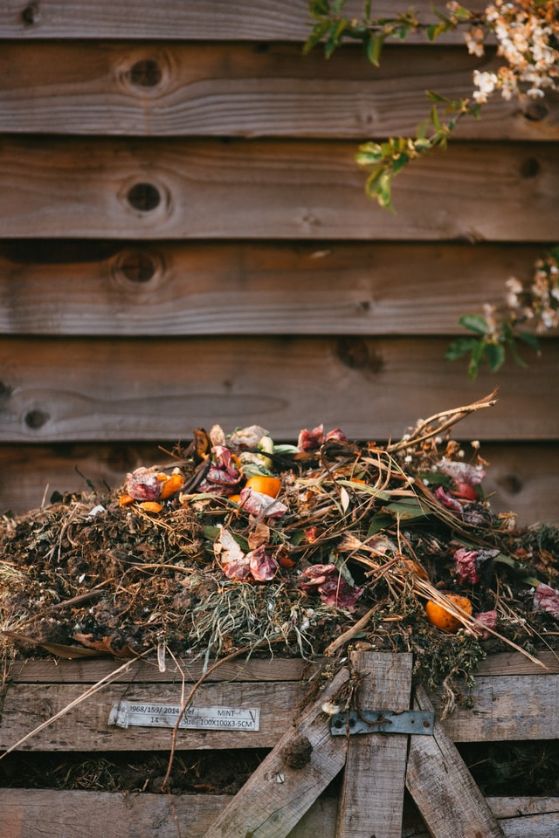Florida Friendly Landscaping Principle #7 – Recycle Yard Waste
Mar 11, 2021
We are all familiar with household and kitchen recycling, with trash going in one bin and recyclables in another for pickup, but what can we do with yard waste, short of gathering it up and tossing into landfills? The 7th principle of Florida Friendly Landscaping answers that question.
Although we don’t normally think of it as being the case, there is oftentimes an abundance of “free” mulch and fertilizer available right in our yards. Leaves from deciduous trees, needles from pine trees, twigs, shredded bark, plant trimmings and grass clippings are all there for the taking.
Consider creating self-mulching areas by leaving healthy leaves where they land at the base of deciduous trees or needles at the base of pine trees. To mix things up a bit, rake leaves onto the lawn and then mow over them a few times at the same time you mow your lawn. By leaving the shredded leaves on the lawn to decompose along with grass clippings, you will be doing a service to both the microbes that help to break them down and to your turf by providing beneficial nutrients which the vegetation then uses during food creation.
An alternative would be to rake chopped leaves and grass clippings and place around landscape plants. Important to remember is that when adding the “mulch” around the plants, do so sparingly. If you add too much, the result will be a less than favorable smelly mess over a short amount of time because the material will be unable to break down at a sufficient enough rate.
If healthy and not a result of disease, consider leaving dead plant material in place rather than feeling compelled to gather up and discard the debris for a neater appearance. Your plants will thank you for the nutrition boost. If you find larger branches among other debris, all you need do is break them down into smaller pieces and place them back in the landscape.
Adding compost to the soil helps to improve root development, soil structure and fertility. Rather than spending money on bags at a big box store, you can go the DIY route. In combination with items such as food scraps, newspaper, coffee grounds, dryer lint and many other carbon-rich “brown” and nitrogen-rich “green” items, yard waste can be transformed into rich, healthy compost with a little patience. You can pile materials in a heap or use an enclosed bin, which will be much less attractive to pests.
There are a variety of online sites that provide a step-by-step approach to composting and so I will leave the details up to those sources, while sharing just a few do’s and don’ts here. Before tossing an item in the trash, always consider its potential use as a compost source. Avoid placing cooked items, meat, fish and oils in the compost pile. Keep the pile moist but not drenched, and turn the pile over occasionally, mixing it up, to keep the temperature just right for decomposition purposes. And finally, although adding the waste of plant-eating animals to the compost bin is fine, avoid adding the waste of carnivores, such as dogs and cats.
So, as you can see, making use of what nature provides in our landscapes is not only great for the environment but a money saver as well. A double benefit to be sure!
Janetta Fox is a member of the Garden Club of Cape Coral and a Lee County Master Gardener volunteer.
Sources:
Re-use your yard waste to save money and enrich your soil. (n.d.). Retrieved December 30, 2020
Compost tips for the home gardener. (n.d.). University of Florida IFAS Extension EDIS. Retrieved December 30, 2020
Hendry, A. (2018, August 9). Free mulch! how to make it and where to get more. GrowVeg.


